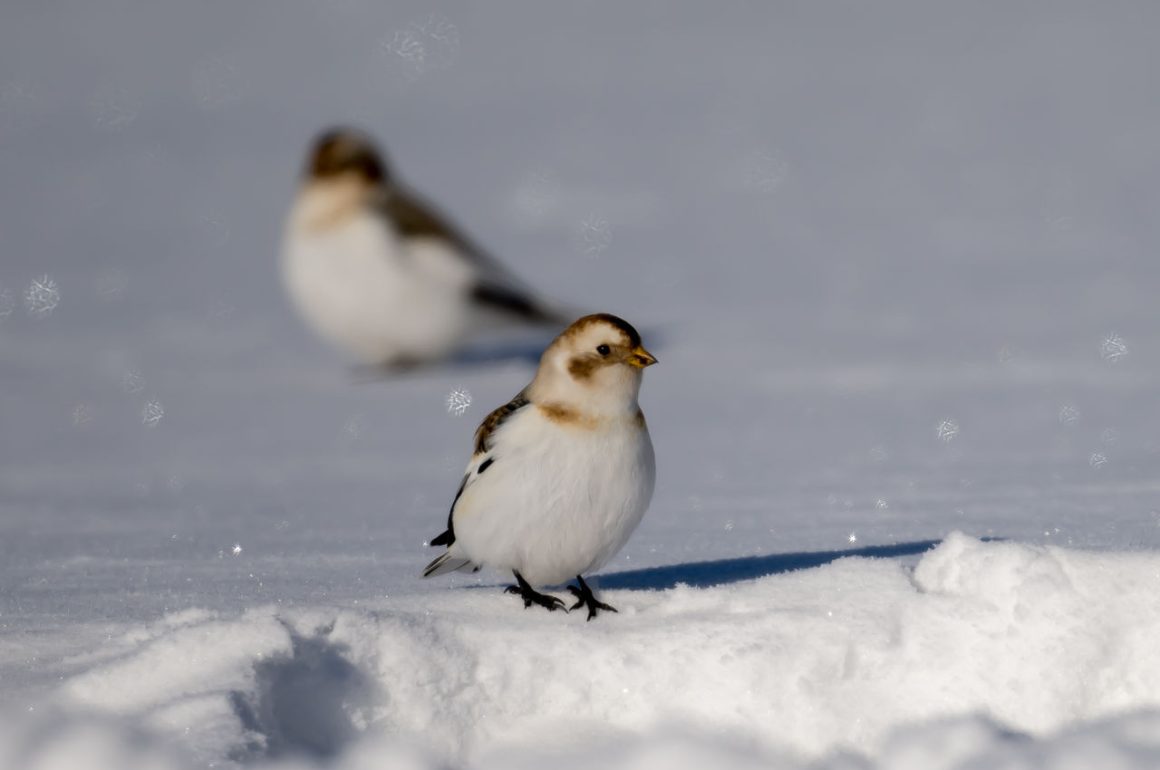
The Snow Bunting seems to have quite a fanbase, as demonstrated by a 12-page newsletter dedicated to the species.
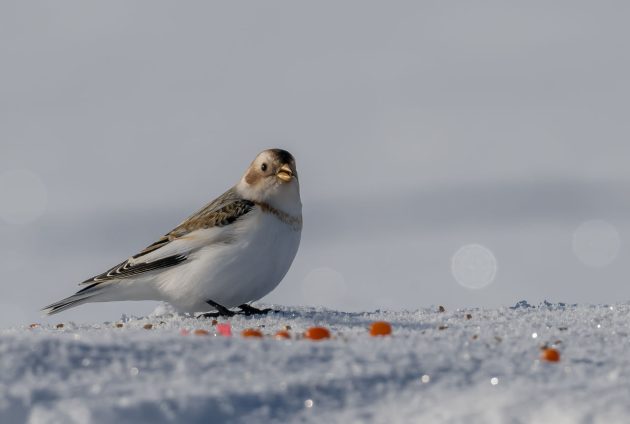
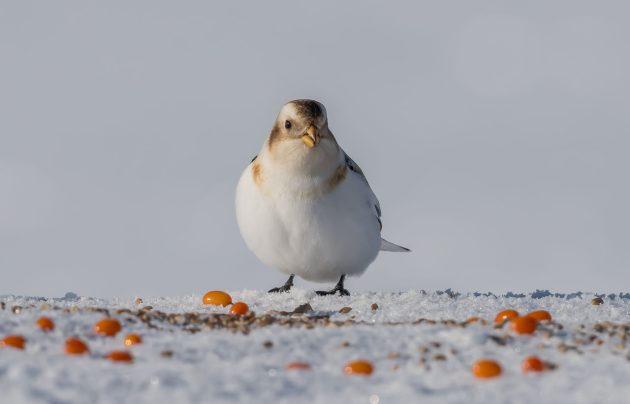
Another scientific paper makes a similar statement: “Snow Buntings had a much higher occurrence rate in social media/networks than other bunting species, indicating that nature recreationists have a particular preference for this species”.
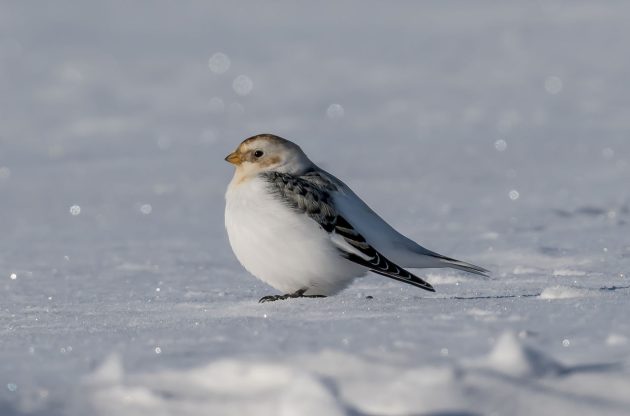
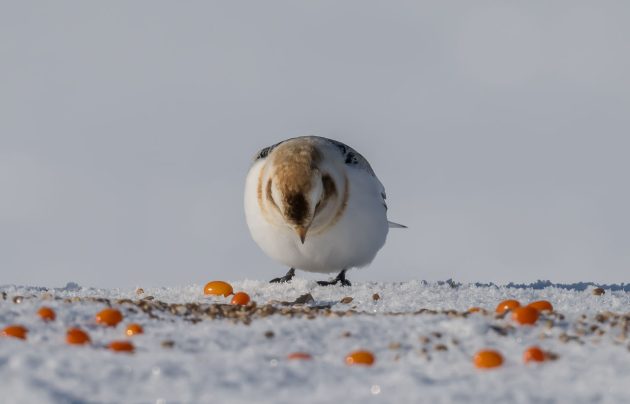
Why is that so? Maybe because the Snow Bunting is the most northerly passerine bird in the world (source). Or maybe it is just the color, particularly when photographed next to snow … not for nothing, Henry David Thoreau called them “winged snowballs” and remarked on “the snow bunting, the white snowbird, sweeping low like snowflakes from field to field over the walls and fences” (source: Thoreau’s notes on birds of New England).
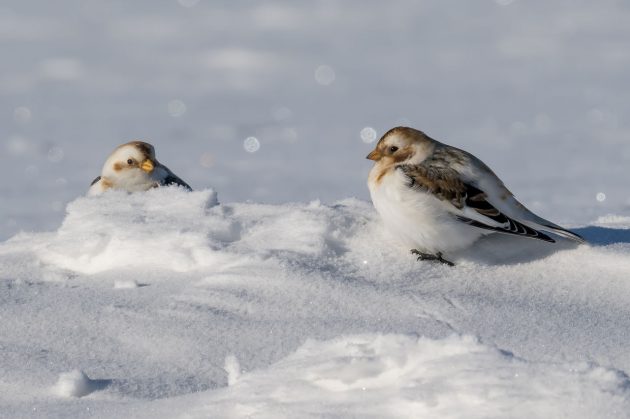
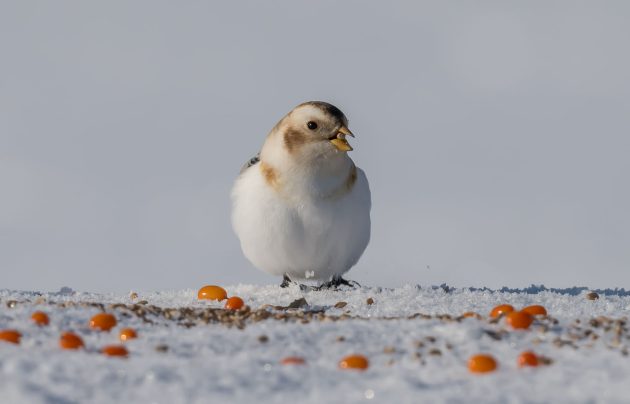
While Snow Buntings are a common bird, their populations declined by approximately 38% between 1970 and 2014 (source).
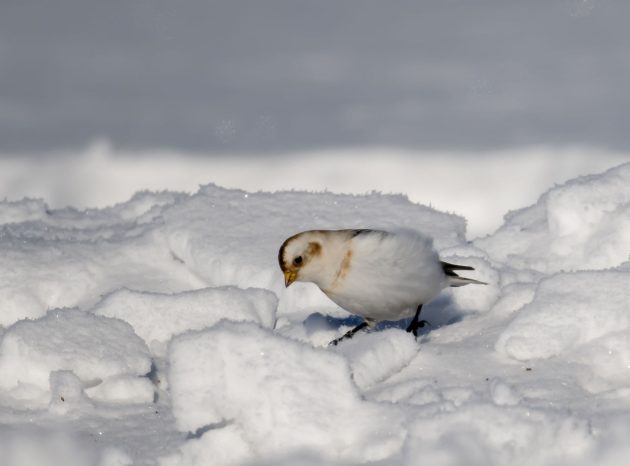
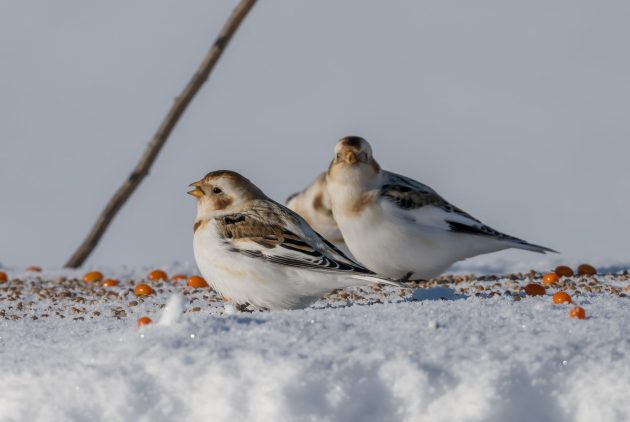
In the past, many Snow Buntings were caught during their northern springtime migration and eaten (source). In fact, one paper states that “even in the 20th century, the fur trappers of Labrador were said to have lived on a healthy diet of spruce partridge, caribou steaks, ptarmigan stew, snow buntings, salt pork, and flat bread”.
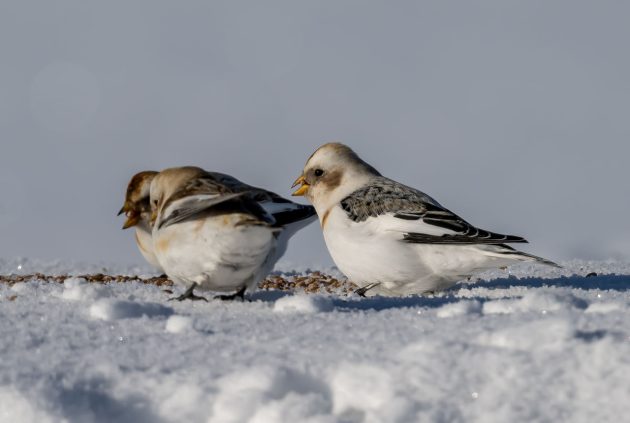
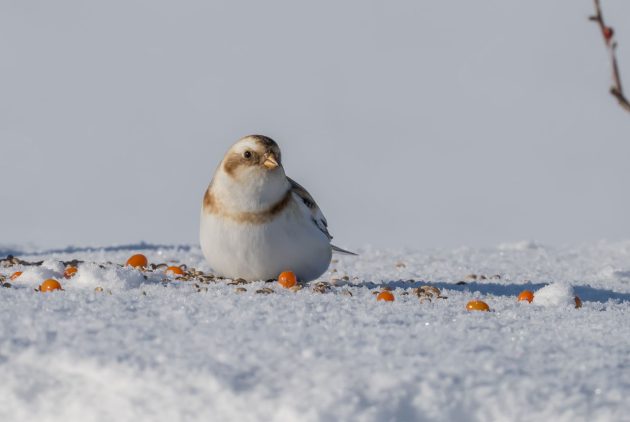
In the present, climate change may become an ever greater threat to the species. Snow Buntings cannot manage heat stress as efficiently as other species (source), and warmer springtime temperatures may put the birds out of sync with peak food availability (source).
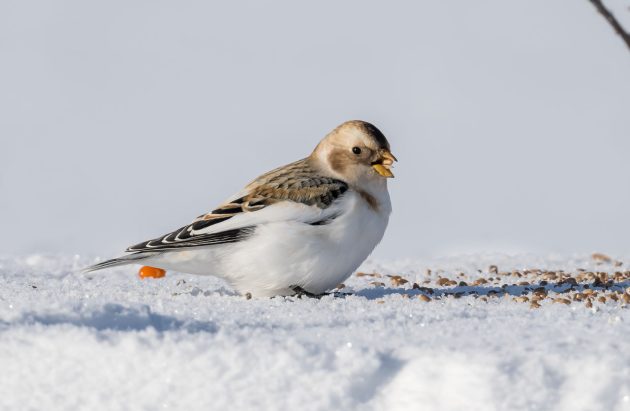
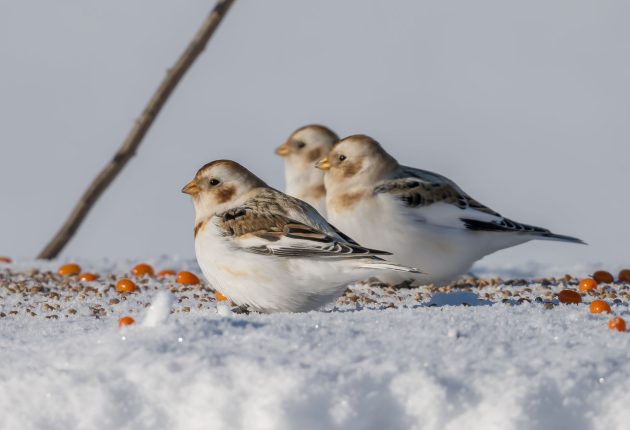
Male Snow Buntings presumably laugh at the ice bucket challenge. They return to their high arctic breeding grounds in early April, when it is still extremely cold and food is scarce (the females wait another 4-6 weeks until it gets warmer). However, arriving early means having the best choice of nest sites. This bunting nests in rock cavities, which are scarce and also a major criterion for females to select their partner (source: Cornell).
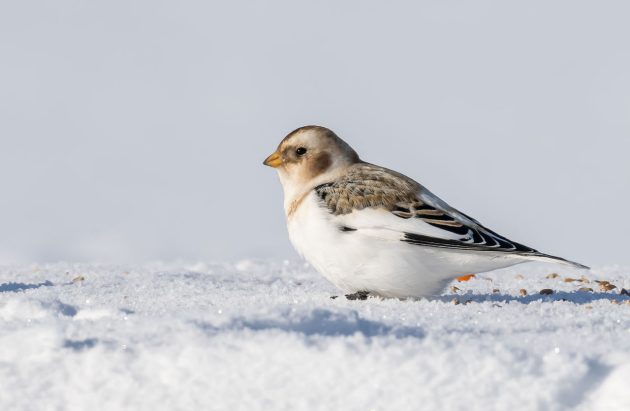
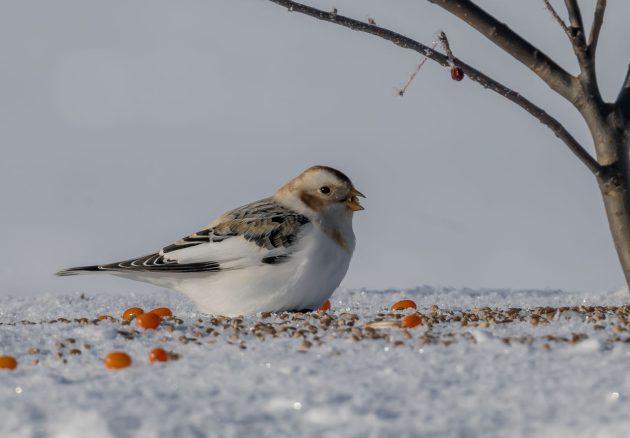
Science is frequently about having a semi-interesting idea and then trying to prove it or find examples for it. In the case of the Snow Bunting, a researcher did this for the acoustic-competition hypothesis. This hypothesis predicts that in areas with low species diversity, bird song will vary more from one individual to another and the song of each individual will be less complex than those of conspecifics in areas with more species. Unfortunately (for the researcher, not for the buntings), Snow Buntings in an area where they were the only passerine species had basically the same songs as those in a region that they shared with other passerine species. This kind of research does not get you a tenured professorship.
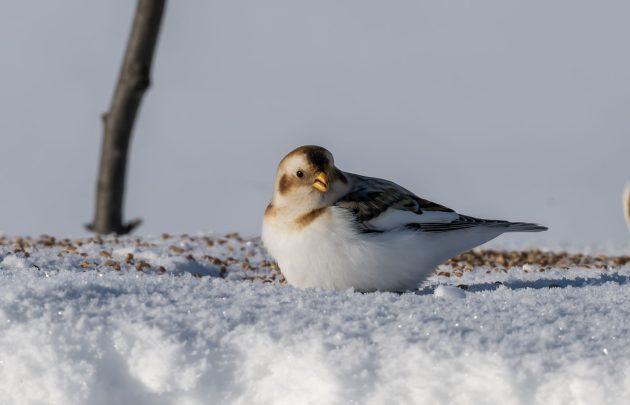
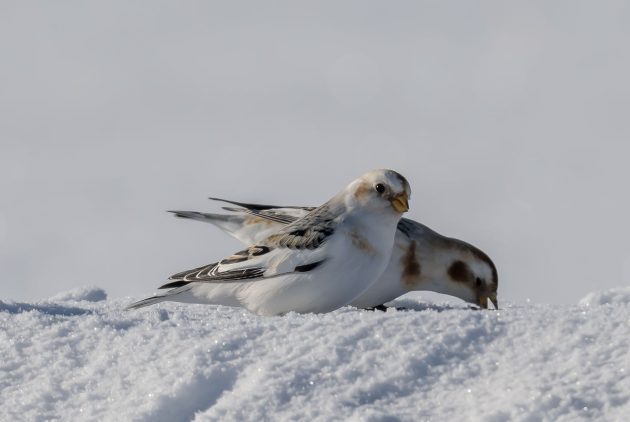
Similarly, other researchers could not find a significant link between song quality of male Snow Buntings and their number of fledglings – though this does not keep the authors from stating that their “results are consistent with the hypothesis that females might use male song rate to assess male quality and ability to participate in raising chicks”.
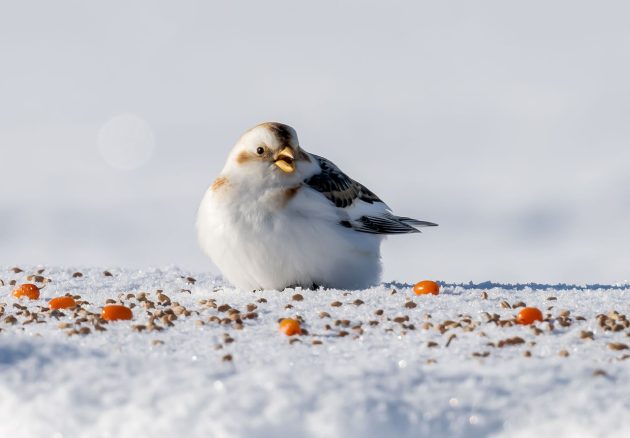
Maybe the popularity of Snow Buntings is also a reason for papers with quasi-anthropomorphic titles. One describes the tendency of the buntings to winter either at sea level or at mid-mountain levels under the title “Shall we go to the mountains or to the sea for the winter holidays? Occurrence drivers and cultural relevance of the climate-vulnerable Snow Bunting Plectrophenax nivalis in Italy”.
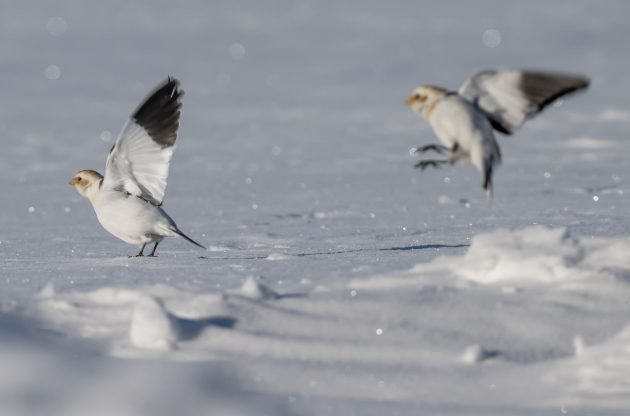
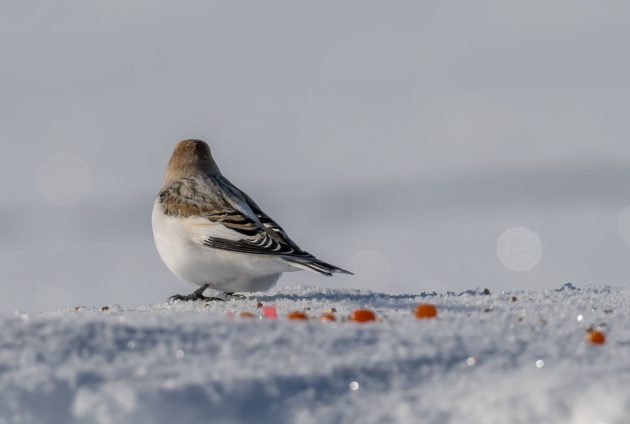
All photos taken in Wuerqihan, Inner Mongolia, China in December 2024






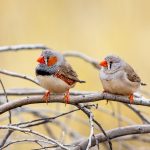
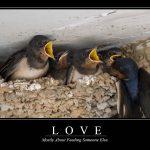

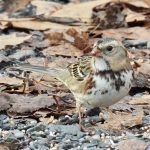
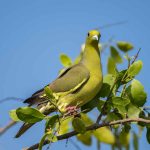
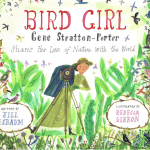

Missed them by a hair yesterday – they had been seen close by but since flown… I really like to see these birds, they are very pretty and also astounding. The hardiness…
Perhaps part of their appeal is that they are so widespread (throughout the northern hemisphere), but for most of us, they are exclusively winter birds, as they breed so far north. Here in eastern England, winter encounters are always a memorable encounter, and they are birds I will walk a long way to see. I’ve yet to see my first this year!